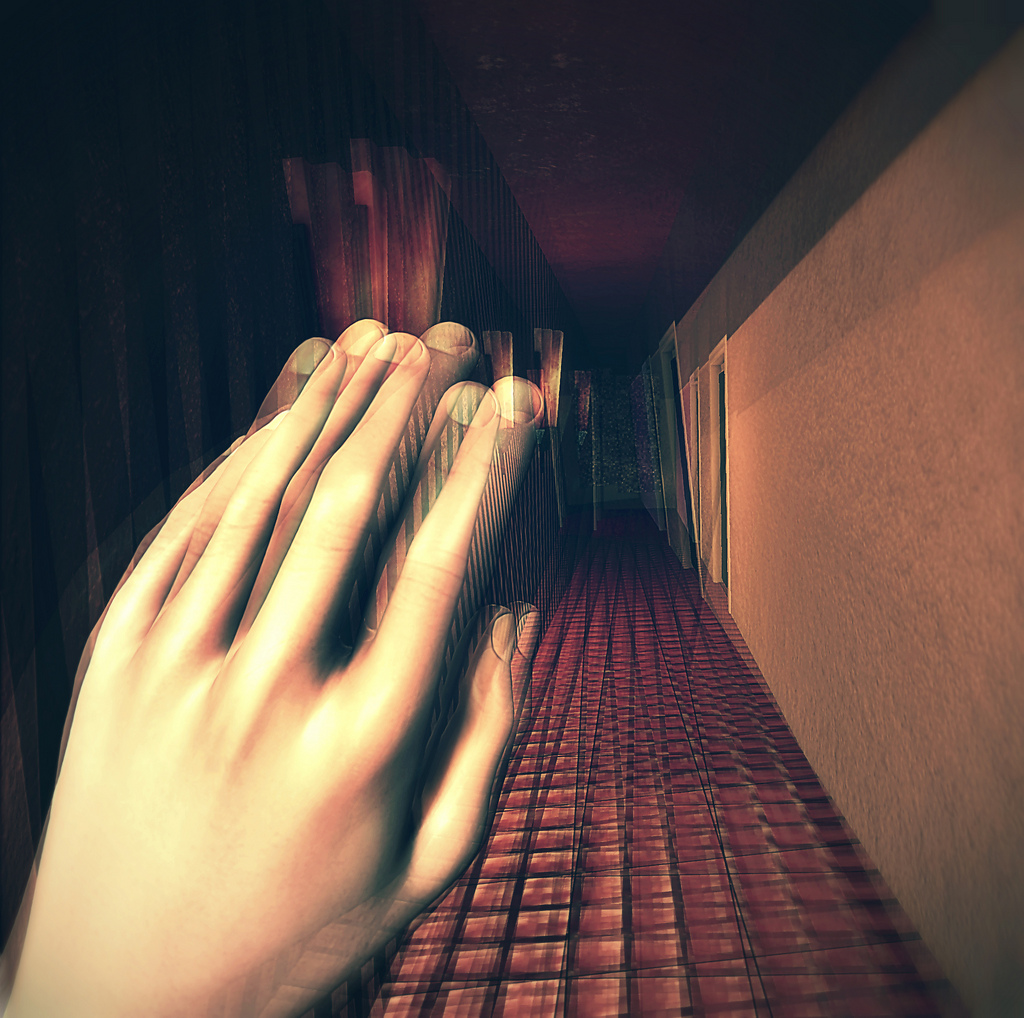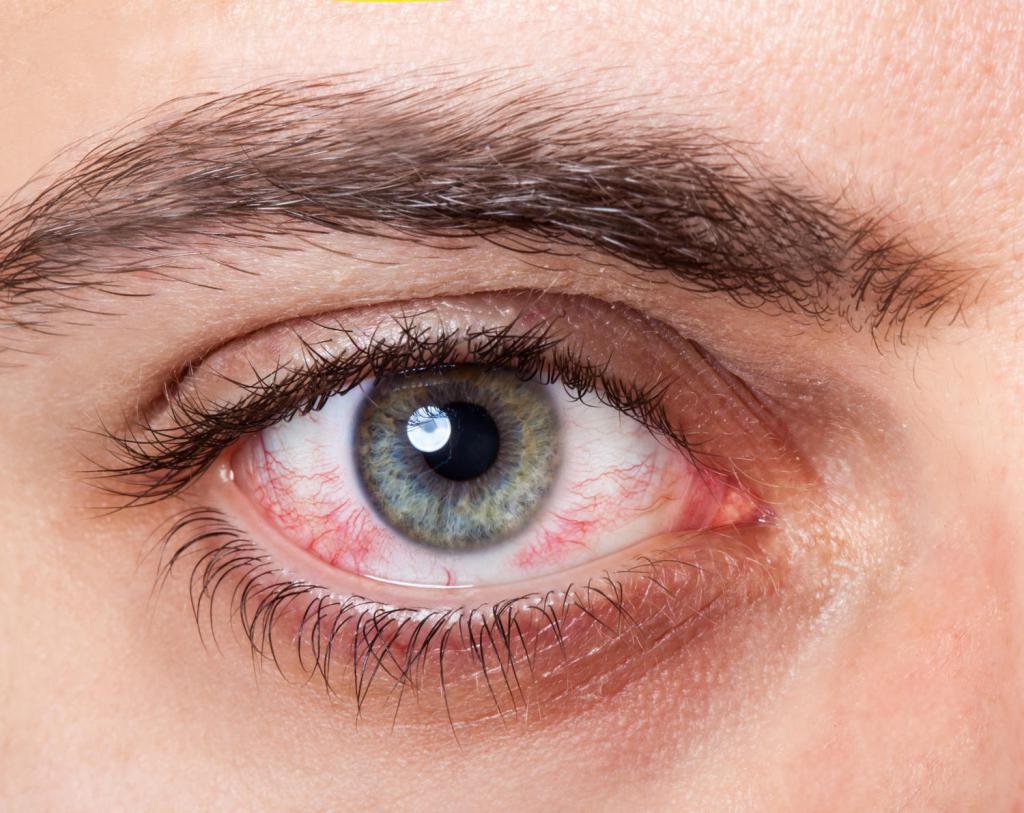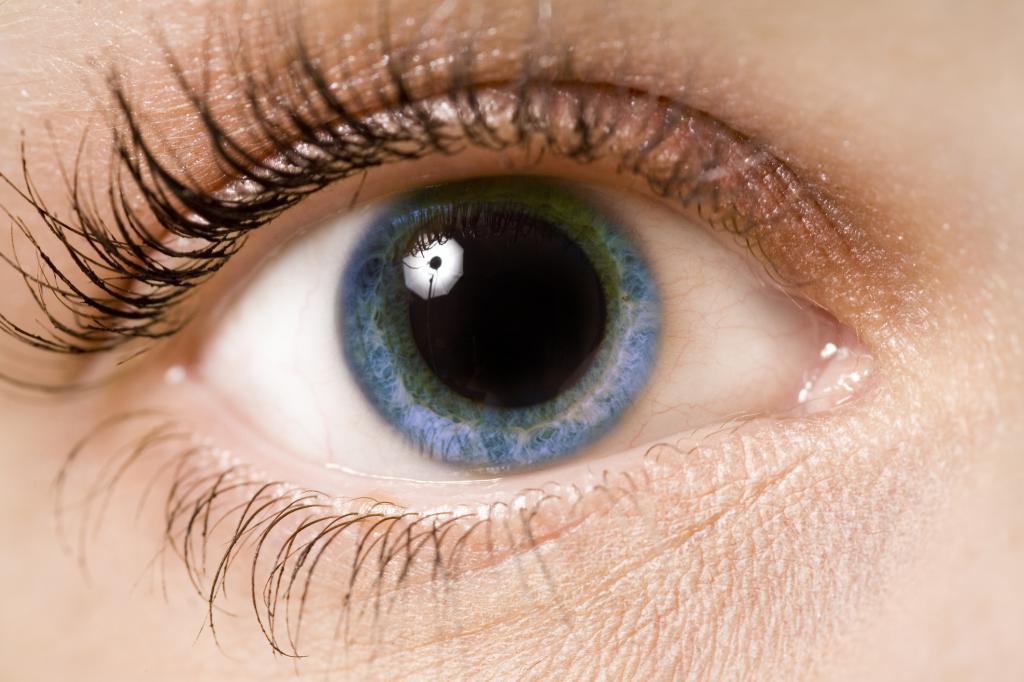From the Greek language, the noun narkotikos can be translated as “deafening” or “numbing”. Drugs are a toxic substance that excites and intoxicates a person. Of course, in addition to the negative effects, they are beneficial, for example, in medicine it is used to stop acute pain, as well as a powerful sleeping pill. With drug intoxication, a person experiences a feeling of euphoria and lightness. People with addiction believe that psychoactive substances can contribute to the development of positive qualities and incredible abilities and talents in them. However, doctors are well aware that drugs destroy everything that is good in a person. With systematic use, narcotic substances change a person’s state, his mind gets confused, his behavior changes. Today we propose to talk about the signs of drug intoxication, the classification of the most well-known psychoactive drugs and the symptoms that help determine which drugs a person used.
Alcohol and drug intoxication: is there a difference?
Signs of alcohol and drug intoxication differ significantly from each other, however, there are similarities. For example, a drunk person is given looseness, which is usually not characteristic of him, a lack of self-criticism, a positive mood. In more severe stages, inappropriate actions are characteristic. Human speech becomes slurred, gait becomes unstable, tremors, disorientation in space and time appear.

Moreover, both alcoholic and drug intoxication are characterized by causeless mood swings. In the event that alcohol intoxication is too strong, the vital functions of the human body are disrupted: the heart rate increases, the pressure decreases and breathing slows down. Such conditions can cause coma and even death.
Behavioral symptoms
Experts warn: signs of intoxication with the use of psychoactive substances can be both hidden and obvious. It is extremely important to understand that in 99% of 100 cases, drug users hide their condition from others, including loved ones. For this reason, the very first sign that allows you to determine the state of drug intoxication is the desire of a person not to catch the eye of loved ones. In the case of adolescents who live with their parents, most often they will try to appear at home either late in the evening or at night, when, in their opinion, everyone is already sleeping, or come home when their parents are absent. To minimize all contacts with loved ones, a person can either pretend to be asleep, or just go to bed earlier, leave very early, until the rest have woken up.
Drug Classification
All narcotic substances can be divided into several categories. For example, amphetamine, cocaine, caffeine can be attributed to stimulants. Opiates include morphine and heroin, methadone and codeine. There are so-called anticholinolytics. These include cyclodol and taren. Experts attribute LSD and DMT to psychedelics, and drugs such as ketamine, DXM, PCP, and others to dissociatives. Of course, this is not a complete list of psychoactive substances. Very often addicted people for lack of financial means make drugs on their own, for example from poppy seeds or hemp.Often drug addicts acquire seemingly innocuous substances in pharmacies, in order to subsequently make them intoxicating potions.

With an incomprehensible and strange psycho-emotional state of a person, it is necessary to pay attention to his emotionality. A sharp change can be one of the signs of drug intoxication. In order to avoid a diagnostic error, monitoring this person should be sufficiently long. It will take at least a few hours. In general, physiological and behavioral, hidden and external signs of drug intoxication can be completely different from each other. What does it depend on? From the type of drug that people used.
Common symptoms
External signs include pallor of the skin, inaccurate movements, slow and too long speech. Dilatation or narrowing of the pupils, redness or blurred eyes also speaks about drug use. Human behavior also changes: he becomes indifferent to everything that happens around him, and sharply loses his concentration. There is also a memory loss. Any, even a minor remark can cause an inadequate response. In a person who is intoxicated, his mood changes very quickly, outbursts of tenderness give way to anger. Extortion or begging of money can be attributed to external signs, sometimes such people decide to steal. Talk about the fact that people use drugs can also incomprehensible calls and messages.

Experts attribute bruises to the incriminating signs, which remain on the hands and feet from injections. Of course, wrapped paper tubes, the presence of ampoules, syringes and other suspicious objects can be evidence of the use of psychoactive substances. Addicts are given a sharp decrease in body weight and potency, constant dry mouth, drops in blood pressure, insomnia or very restless superficial sleep, cramps in joints and muscles.
The most amazing thing is that people who are under the influence of psychoactive substances continue to do their usual things: they drive a car and go out into a hazardous production. Of course, all regulatory authorities carefully monitor that the addict could not in any way affect the life and safety of the people around him. For example, if drivers have signs of drug intoxication, however, like alcohol or some other, they will certainly be deprived of their rights.
Symptoms of Morphine
In the event that a person consumes morphine, he has excessive courage, which can be replaced by apathy to what is happening around. Among the physiological signs of drug intoxication, one can distinguish an increase in the dryness of the skin and mucous membranes, a decrease in the average body temperature. In addicts who prefer morphine, constipation and a decrease in urine formation are noted. The speech of these people becomes confused, the state becomes inhibited. Drowsiness and narrowing of the pupils are noted. Speaking of external signs, it is worth noting the redness of the eyes, the presence of bruises under the eyes and itching of the skin of the face.

Methadone
Speaking of signs of narcotic intoxication with methadone, it is necessary to highlight the lack of appetite, shallow breathing, a marked narrowing of the pupils. An addict who takes methadone has increased irritability, periodically replaced by indifference. His speech becomes slow, emotions and intonations disappear from it. Severe skin itching is possible.
Canabinol
People using psychoactive substances created on the basis of marijuana for pleasure are very easy to identify not only by their behavior, but also by physiological characteristics. First of all, you should pay attention to the smell of clothes and hair: it can be very specific, give it burnt.In a person, attention can be scattered, intermediate memory loss occurs. For no reason, the mood changes, the addict often begins to lick his lips. Another sure sign of narcotic intoxication with canabinol is bad breath. A person who uses marijuana has an increased number of contractions of the heart, and therefore it is characterized by dry mucous membranes. Large pupils and swollen eyelids can be evidence of intoxication with psychoactive substances. In addition, the addict becomes overly sociable, while conversations are usually completely incoherent, he abruptly switches from one topic to another. The desire to talk can suddenly be replaced by a desire to be alone, listen to music or just sit, looking at one point. Hallucinations and persecution mania are noted. Appetite is increasing.

Cocaine
A stimulant such as cocaine leads to tremors, and the addict shakes his arms, legs and head. Hallucinations often occur, an unstable state of the psyche is noted. A person’s appetite disappears, the body is depleted, insomnia becomes truly painful, and often have some kind of vision. In addition, the signs of a state of narcotic intoxication with cocaine include the absence of a feeling of fatigue: the addict is characterized by increased efficiency, and has a constant desire to do something.
Amphetamine and methamphetamine
The effects of these drugs are similar to those of cocaine. That is why experts note the similarity of symptoms. These are dilated pupils, rounded eyes resembling owls. A drug addict may not eat anything for a long time, but still remains active, does not lose working capacity. A rapid heartbeat and an increased desire for physical intimacy with representatives of the opposite sex are noted.
Sedative sleeping pills
Of course, sedatives and sleeping pills can not be classified as drugs. However, it should be noted that their frequent use leads to inhibition of reactions and increased drowsiness. A person who uses such drugs uncontrollably has a desire to end his life by suicide, hallucinations are not uncommon. Speaking about the clinical signs of drug intoxication, experts note weak breathing, a poorly audible pulse.

Hallucinogens
The action of this group of psychoactive substances can last for as long as six hours. At this time, the addict intensifies perspiration, dizziness appears. Often there are jumps in blood pressure, nausea and vomiting. Doctors recommend paying attention to coordination of movements: usually it is broken. Among the signs of being intoxicated are sharply declining vision, fuzzy consciousness. During the euphoric state, the addict does not remember almost anything that happens to him in real life. In addition, his ability to make important and responsible decisions disappears. High spirits are noted.

Spice
It is practically impossible to immediately identify the signs of using smoking mixtures, most of them appear only after a certain period of time. The first external signs of narcotic intoxication with synthetic substances include the crazy look of a person, the presence of skin rashes and redness of the whites of the eyes. Speech becomes slurred, from time to time the addict, in general, loses the ability to speak. There is inconsistency of movements, a person loses coordination, his memory decreases. It is worth noting that if the addict has been using spice for a long time, colorful visual and auditory hallucinations remain with him even when he is not “high”. Among the physiological signs of spice smoking, one can note deep fainting, which is accompanied by convulsions.
